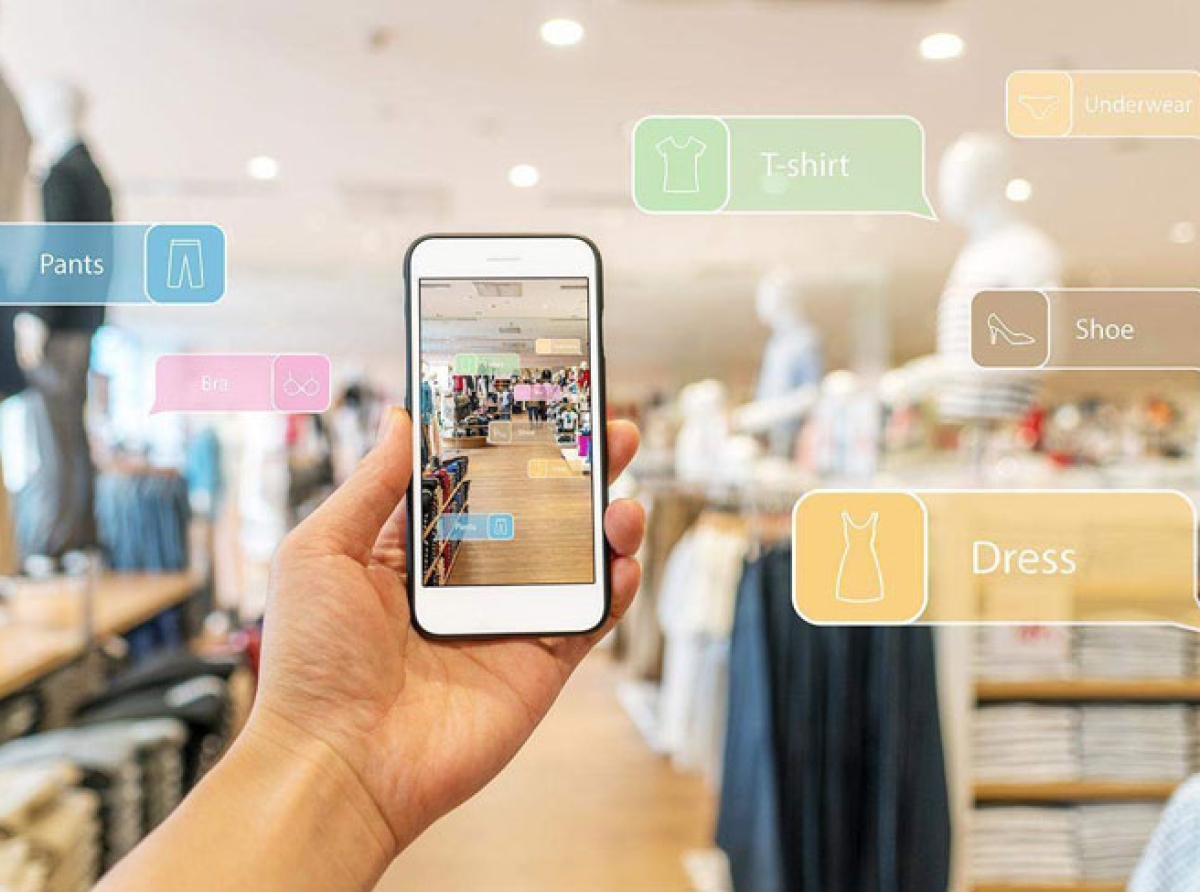18 August 2022, Mumbai:
Prologue
There's great promise in the fashion industry in India--but challenges as well| McKinsey.
Fashion often refers to a current trend or style. The phrase fashion goods refer to a broad range of things, including apparel, cuisine, fragrance, music, vehicles, and cosmetic products. The worldwide business community now considers fashion to be essential. 75 million people were employed by the worldwide fashion industry in 2012, which had a value of USD 1.7 trillion.
The clothing/apparel and textiles sector contributed the most to the fashion retail sector. Who are the consumers who are likely to shop for fashion? must be answered in order to sell fashion clothing efficiently. Understanding the answer to this issue will enable marketers of fashion items to focus their marketing efforts on the right target markets.

One of India's oldest industries is the textile and apparel business. The Indian Brand Equity Foundation (IBEF) claims that the textile industry is special in contrast to the industries of other nations due to its tight linkage to agriculture and the old culture and traditions of the country in terms of textiles.
While names like Zara, Armani, Forever21, or Uniqlo appeal to Indian consumers and generate greater per square foot sales than departmental or hypermarket stores, labels like Benetton, Zodiac, Z3, Zara, Vero Moda, Calvin Klein, Diesel, and Tommy Hilfiger have seen excellent sales growth in the nation.
Consumer behaviour refers to the steps taken by people, groups, and organisations to satisfy their wants and desires by looking for, purchasing, utilising, and discarding goods, services, ideas, or experiences. These actions are completed in a systematic manner, commencing with the identification of a need, followed by information research, purchasing, and post-purchase assessment.
One research gate study has noted a positive correlation between agreeable, extroverted, open-minded, and stable with fashion shopping in the Indian clothing market. In addition to the exterior situational settings that influence consumer decisions, a number of crucial internal elements are known to have an impact on purchasing behaviour.
Consumer demographic traits including age, gender, marital status, employment, education, and income are included in these internal variables.
Meaning of Indian demography
Continuous patterns, such as shifts in age, gender, and income distribution, which indicate commercial prospects, are shown by demographic statistics.
The evaluation of several characteristics that are often connected with clothing is significantly influenced by demographic considerations.
Higher socioeconomic class consumers will favour a certain kind of clothing that they believe will meet their demands. Similar to how purchasing decisions would depend on age. It's possible that older buyers don't value the same qualities in clothing as younger shoppers do.
Marketers are interested in the number and types of households that own and/or purchase particular products, and they have also come to realise the advantages of focusing their advertising efforts on particular marital status subgroups.
For many goods and services, the household continues to be the relevant consuming unit.
As per one of Wazir advisor's reports," India’s medium- to long-term growth and its positive impact on private consumption will be determined by the interplay of demographics and urbanization".
Indian demograph
Income, education, and employment are further demographic factors. Although income has long been a crucial demographic factor for identifying markets, targeting a market only on the basis of money has significant drawbacks because it only shows a consumer's ability to make a purchase.
As per one of Wazir advisor's reports," Moreover, the younger population is naturally pre-disposed to adopting new trends and exploration given their education profile and their exposure to media and technology. This backdrop manifests as an opportunity for domestic consumption in the form of branded behaviour, organization retail, and product designs".
In light of this, this study looked at the combined influence of demographic factors on clothing/apparel customer purchasing behavior substantial rise in the working age population (from 36 percent in FY 2000 to 48 percent in FY 2016) augurs well for the growth momentum of the Indian economy going forward, as it will lead to rising income levels.
Join our community on Linkedin

























